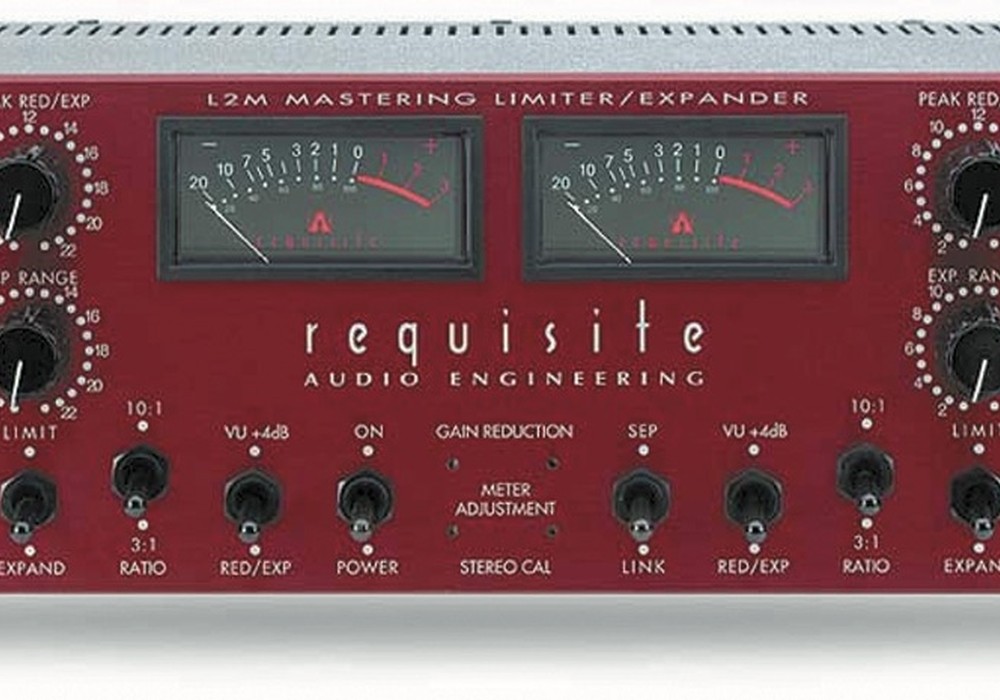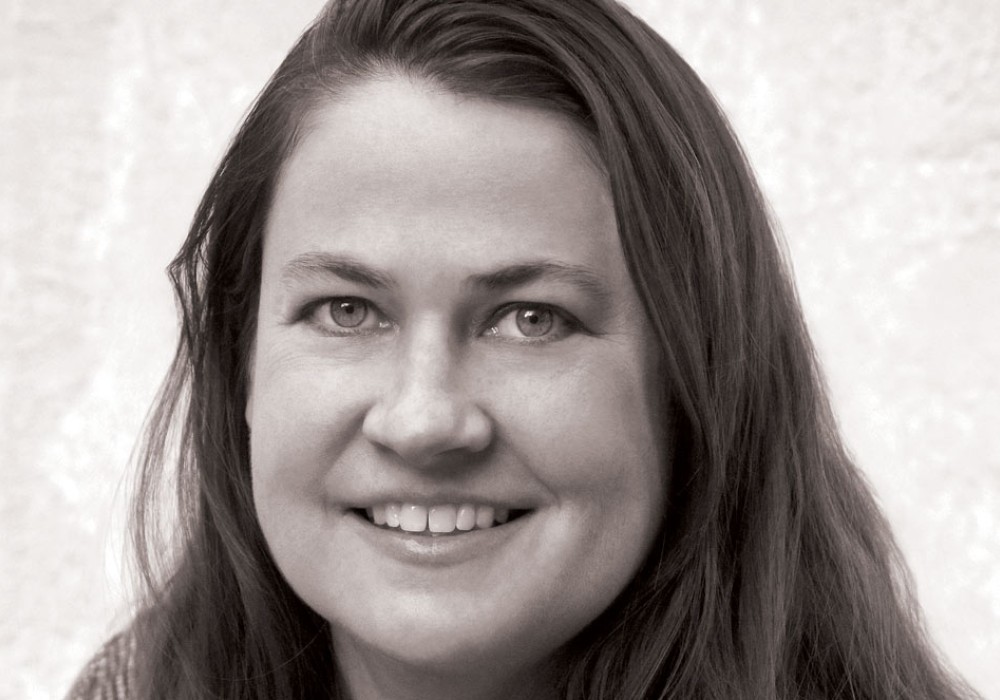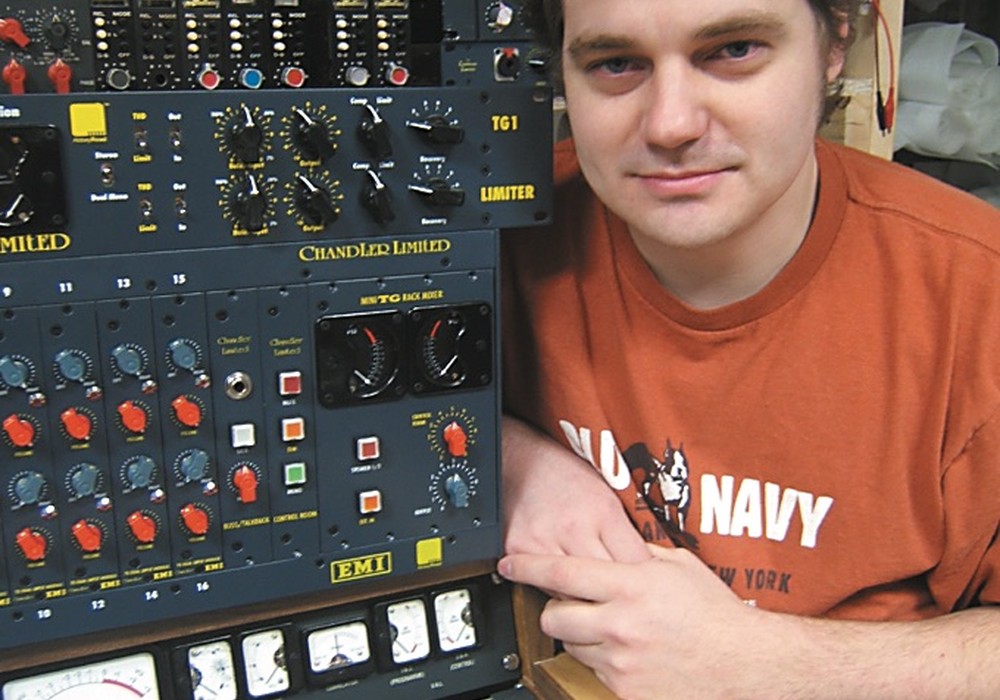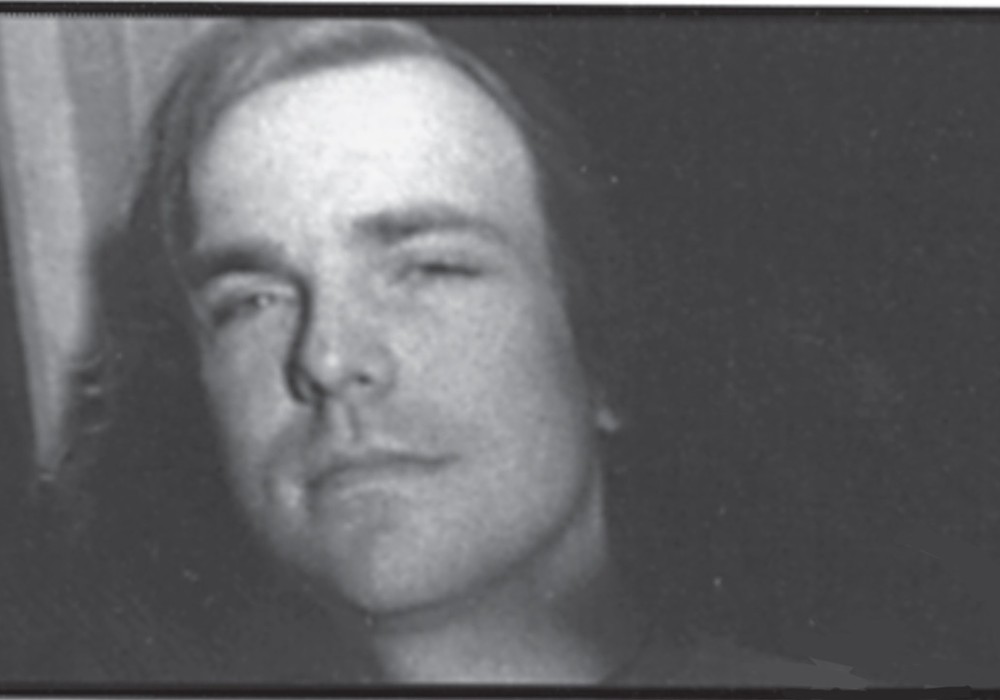Walk into studios anywhere in the world and the name Clarence Kane will have preceded you. One of the true greats in ribbon mic repair and restoration, Mr. Kane started at RCA after returning from the Second World War. Later, he set out to start ENAK Microphone Repair, and has quietly worked out of his Pitman, New Jersey, workshop for more than 50 years. As we settled in to talk to Clarence, a vintage RCA 44-BX sat on the workbench. Mr. Kane expertly dissected the mic and expressed disgust at the interior condition. Clarence hates to see the old mics altered from company specs. "Who put in all of this cotton? Why did they destroy the rear RCA logo? Who the hell added this switch?" I felt like a student being scolded by a wizard. I smiled sheepishly and dug up my questions to gently change the subject.
Before you worked at RCA, you were in the Army during World War II. What did you do in the Army?
When I entered the Army they told me I was going to be a Reconnaissance Scout. Back then they gave you a choice if you wanted to ride a horse or a truck. I chose mechanized, so they sent me to Fort Riley, Kansas. I was deployed to the Philippines after training.
After the war you used your GI Bill to go to school. How did you get into radio?
Well that would be two years at The Radio Electronics Institute in Philadelphia. Television was in the early stages, so there were opportunities and I wanted to get on board. After school I worked for a furniture company that sold appliances, like TVs (which were big pieces of wooden furniture back then), washing machines, and such. I did all of the repairs on the radios and TVs. We also did the installations and had to put up the antennas. We had to hang over the edge of the roof and use guide wires because we were miles from the TV stations, being in south Jersey. I would have to hang over the edge of the roof screwing in hooks. It is scary to think about it now. And for what? A dollar an hour?
How did you get into RCA?
I just applied. I didn't apply for any particular job. I did several things there, but I ended up in the C.R.A.E. shop [Custom Repair, Assembly, and Engineering, pronounced "cray"] in the RCA Cherry Hill office. It was headquarters for worldwide fieldwork. The C.R.A.E. shop did all of the engineering for designing and installing TV and radio studios. So we would design them in Cherry Hill, and then install them worldwide.
Where are some of the places you installed studios?
We did a big TV install in Oakland, California, KTVU, Channel 2. They built a beautiful state-of-the-art TV station there. It took six months. We also did another station in California at the same time.
How often did RCA put you on the road?
About every month or so. The equipment was so big back then that it was easier to send us out to work on gear, like RCA tape machines, so that we could update them. They also had this tape machine that was built just for commercials. It had a big wheel full of tape cartridges and this arm would pull out the tape. It was a monster! They had the big RCA TK-27 TV projectors. All really big stuff.
So how did you go from this to working on microphones?
The service company of RCA did the same thing as the C.R.A.E. shop, such as repair microphones, cameras, and whatever. For some reason the service company dropped the microphone repair, so Engineering took it over. RCA had these people that used to put the ribbons in. That was all they did. If there was any mechanical work, they had guys in the machine shop that would do that. After a while things got so slow that they let all the ribbon people go. I told the boss, "Hell, I can do that in between all my other jobs." The boss said, "You want to do that?" And I said, "Yeah!"
What was it that intrigued you about the job?
It was simply that it looked like an easy job! And I could stay home more often; it got me off the road. At first it didn't work like that. They would just let the mics accumulate, and then I would repair them when I had gotten off the road. I didn't just refurbish mics; I had my hands in a little bit of everything.
Were you just replacing the ribbons?
No, I did everything, including the machine work. Back then I didn't paint them; I would just send them to the paint shop. It was a great setup. I had my own little private office, shut the door, and nobody bothered me.
Speaking of paint, what is the official RCA microphone color?
Dark Umber Gray for the 44-BX, 77-DX, BK-5, KU-3A, and many others. The 44-B, 77-B and the 77-C were black. For a little while they made some that were blue, but that didn't last long. The color of the mics matched the color of the equipment of the RCA studio gear.
How did you end up buying the microphone repair business from RCA?
When they closed the operations in Cherry Hill they weren't going to take the microphone business with them to the new location in Gibbsboro, New Jersey. They knew they still had customers who needed repairs, so they asked me, "Do you want to do it?" I said, "Yeah!" They told me to take whatever I needed to do the repairs from home on the weekends. I took my workbench, my tools, and the big microphone frequency response-plotting machine made by Sperry. Back in the ‘50s, when RCA was really into ribbon mics, they had a soundproof room – like an anechoic chamber – just for this. I also got all the manuals and all of the documents as well. In that filing cabinet I also have the original blueprints for the RCA 44-BX. Toward the end I tried to purge the supply room of all of the microphone parts, but the guy who ran the supply room was a jerk. He made sure I didn't get all the extra parts. Sad part is they probably ended up throwing all of those away.
Can you tell us about your ribbon crimper machine?
This is the device we would use to corrugate the ribbons. This particular device still has the RCA inventory number, 10811F1, and is very well used! It is older than me! That little machine has probably made millions of ribbons.
Didn't you once tell me about a buddy of yours who was a machinist and made an exact duplicate of this machine?
Yes, he did. He also made a 100% clone of an RCA BK-5A mic, from the ground up.
What are the specifications of the finished ribbons?
[Clarence pulls out an RCA spec sheet from his filing cabinet, dated June 14, 1932.] The ribbons are very thin, .0001 of an inch [2.5 microns] aluminum foil. [NOTE: an average human hair is about 40 times thicker.] The ribbons are so thin that they come between two pieces of tissue paper. Then you have to put the ribbon stock and the associated tissue paper between two pieces of 2 mil rice paper and place it in a specific jig for the particular microphone. After we slice the ribbon to the correct width for that mic, we run it through the crimping machine, also known as a forming tool, where it creates 19 pitch 90-degree perpendicular corrugations. We have to stretch them after they come out of the forming machine. If you don't stretch it, the weight of the ribbon will cause a sag.
Did RCA specify how much you stretch the ribbon?
No, it is pretty much by experience. [Clarence uses tweezers to remove the rice paper from a newly crimped ribbon and drops it above his workbench, but it doesn't fall. It is so thin that it just hangs and gently floats down.]
The ribbon work is done by hand? You must be perfect at it by now.
It's all by hand. There is no machine do to this part. It's a difficult process. Even after all these years I still mess up an occasional ribbon and have to start over.
As in damaging the ribbon, or the final ribbon isn't up to your quality standards?
Both.
There is a lot of talk about storing ribbon mics vertical verses horizontal. Is it true, or is it folklore?
Well, all of mine are stored horizontally. But, yes, over time, if you store a ribbon mic with the ribbon horizontal, it will sag and affect the sound.
You continued to work for RCA after they stopped building or repairing mics. When did you strike out on your own?
About 1985. Ribbon mics weren't very popular then. This was the reason RCA didn't keep the workers on. I started ENAK, KANE spelled backwards, but ribbons remained unpopular until about 2005. Then they started to pour in.
What do you mean "not popular"? Do you have any reason why?
It was probably several things. First, dynamic mics were starting to do well in the market. They were the "new thing." Second, dynamic mics are so much tougher. You can swing a dynamic mic on a boom and not worry about the air pressure damaging the element. I guess it was a combination of people thinking dynamic mics were the next step, plus the reduced cost and time missed when a mic had to be in the shop for repair. I remember when the last of the original 77-DX mics were sold. They told us to recommend the Electro-Voice RE15 as a replacement. Funny, right?
Clarence, you are known for never turning away a beat up mic, and you have a stellar reputation for making a lost cause live again.
After Hurricane Katrina I got a whole bunch of mics that had been ruined by the flood. Some were so bad I couldn't even take them apart. It was the same with Hurricane Sandy. People waited so long before they sent them to me. I would guess it had to do with waiting for insurance. We did the best we could and cleaned them all up. But all that salt water? I am sure it will get to them over time.
With all the mics you have restored, has there ever been one that beat you?
Oh, yeah. An Italian mic called Geloso. I still have it. It has a double ribbon, like the Beyer M 160. The dual ribbon was for greater gain. But these were side by side, both under the same clamp. I'd get one side done, then try to do the second and the first one would pop out. I must have wasted an entire book of ribbon material [20 sheets] on that one. I don't even want to look at it!
You have done work for people like Les Paul [Tape Op #50], Ricky Skaggs, Leon Redbone, and Pixar Animation Studios. Can you share your experiences?
Leon Redbone once showed up with seven RCA mics he wanted me to work on. But he also, unbeknownst to me ahead of time, brought an entire entourage to interview me – with lights, recording devices, and personal assistants who spoke for Leon. Lots of fanfare and a whole lot of noise, but I have no idea what they did with all of that material. It was pretty weird. And Les Paul? Whew, he had a lot of RCA mics – all kinds of them. One Sunday night, out of the blue the phone rang and the person on the other end said, "This is Les Paul. Do you know who I am?" I told him the only Les Paul I know is Les Paul and Mary Ford, and he said, "Yep, that's me!" He invited me up to his place in North Jersey several times. I am really sorry I never took him up on his kind offers. He was a very nice man. Ricky Skaggs is a great fellow. I had a call from him when he was performing at Carnegie Hall. He invited me to come see him perform in Nashville, all expenses paid, but I didn't go. I am sorry I didn't. Another is Kenny Rogers. I had restored some mics for his band. So when I was down at the casino, his musicians took me up to his room and had my picture taken with him. He put us in the fifth row, center seats, for his performance. He took us up to his dressing room in his personal elevator. Really nice fellow. Then there was Chet Atkins, Steve Miller, and a whole bunch of guys.
You have a pretty large collection of microphones; most of them RCA. Did you get them as part of your purchase of the business?
Yes, most of them. When I bought out the business from RCA I asked them what they wanted me to do with the collection of mics the company owned. They said, "Take ‘em." They didn't have to tell me twice! But others have trickled in. See this one? Walter Sear [Sear Sound, Tape Op #41]) gave me that. I took one look at it, and I said, "Walt, that thing isn't worth repairing." So he said, "Okay, keep the damned thing!" I got most of these by buying boxes at garage and estate sales. I have a brand new RCA [KB-2C] "PaintBrush" I got at an auction at a hoarder's house. I got into a bidding war. I had waited two days for them to get to that mic, and I was determined to buy it out of spite!
What's next in the expansion of the ENAK empire?
I want to move out to the woods in New Jersey with my kids and join them as loggers. But, if this winter is as cold as the last one, Beryl and I are heading south.
I sincerely doubt he will be firing up a chainsaw any time soon. He loves what he does. During one visit to Clarence's, we were going through one of his "junk boxes." I felt like a kid in a candy store. My heart stopped when I discovered the motor (the guts of a ribbon mic) for an RCA 74-B Junior Velocity and held it up to the light in awe. Clarence said, "Someday I will find a body for that and bring it back to life." I told him I had a motorless shell sitting on my shelf, strictly as a display mic. A deal was struck, and when I returned home I shipped him the empty 74-B. Months later I got a call from Clarence telling me the mic was 100% restored to RCA standards. I could tell by his voice it made him happy. And this is why Clarence so special.
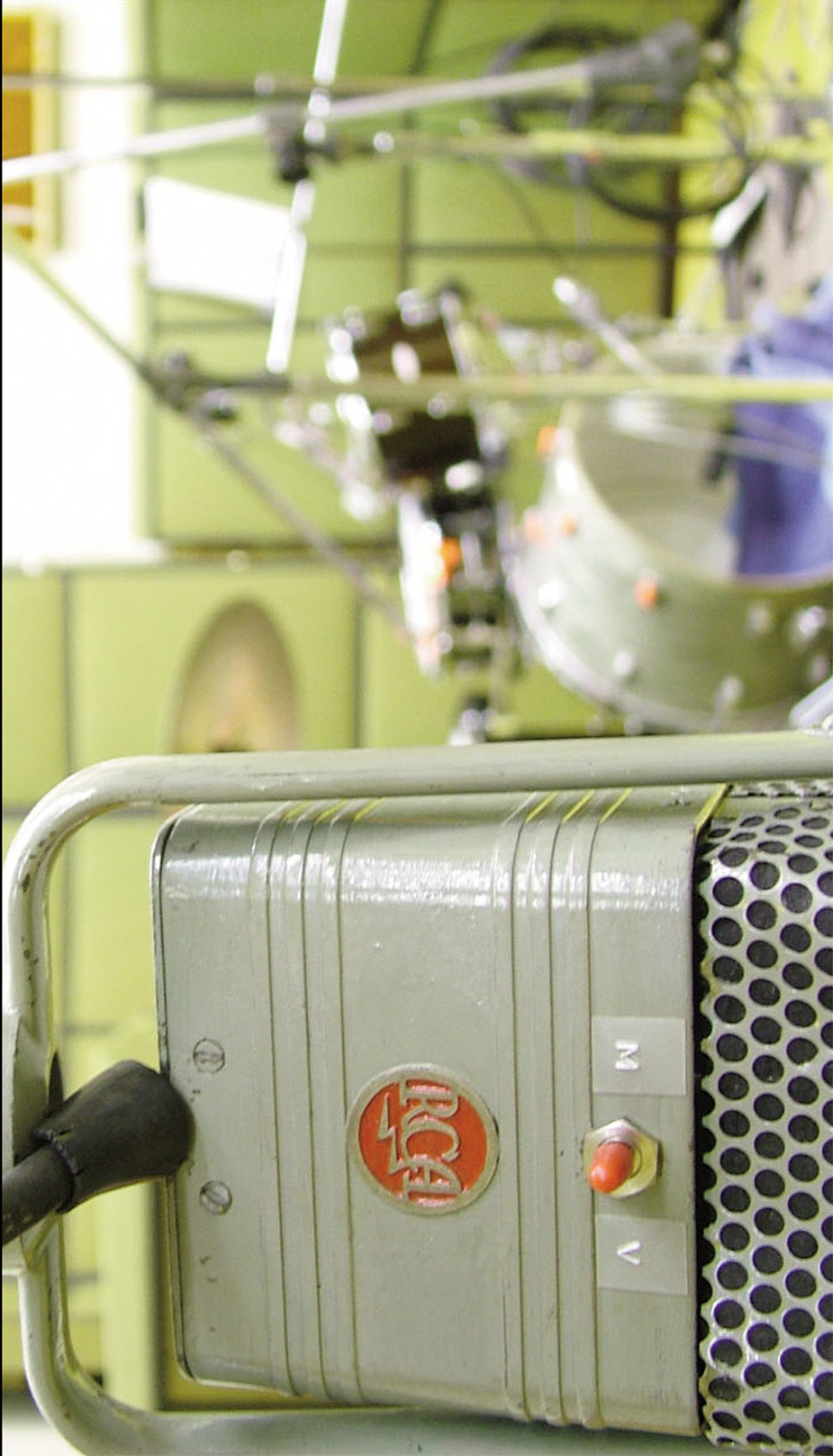

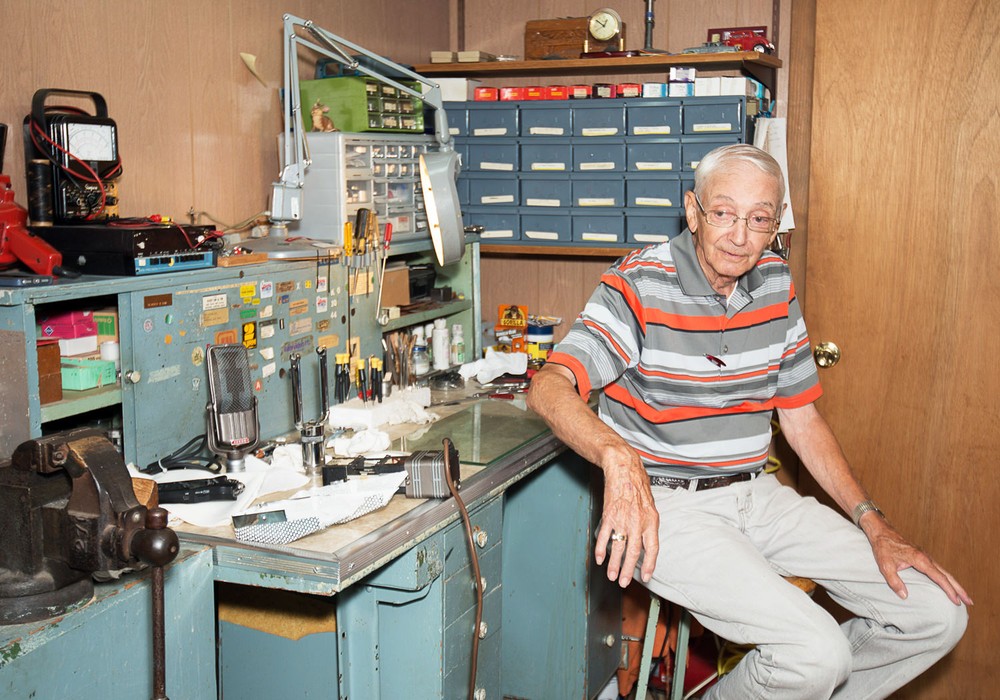
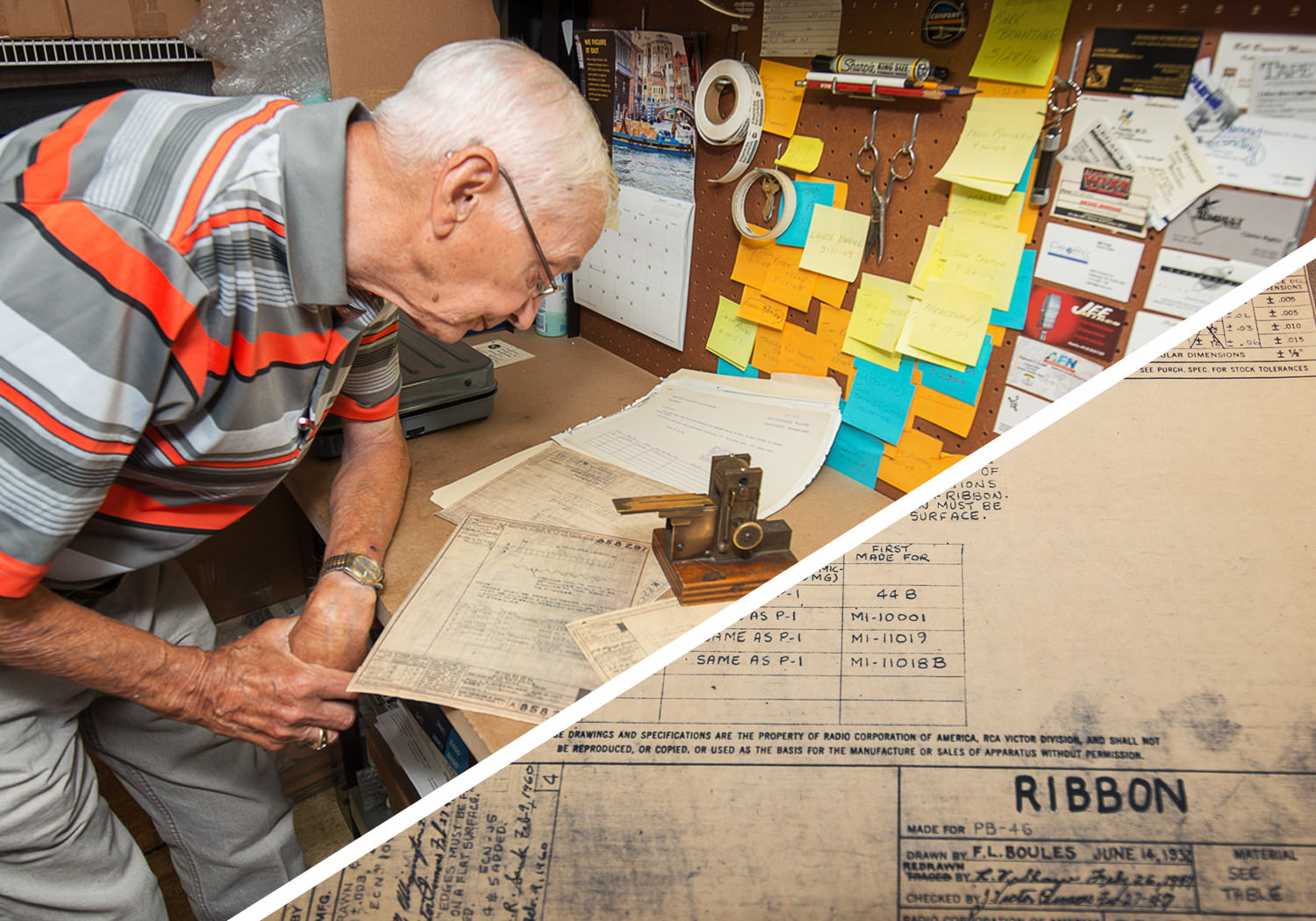


_disp_horizontal_bw.jpg)


